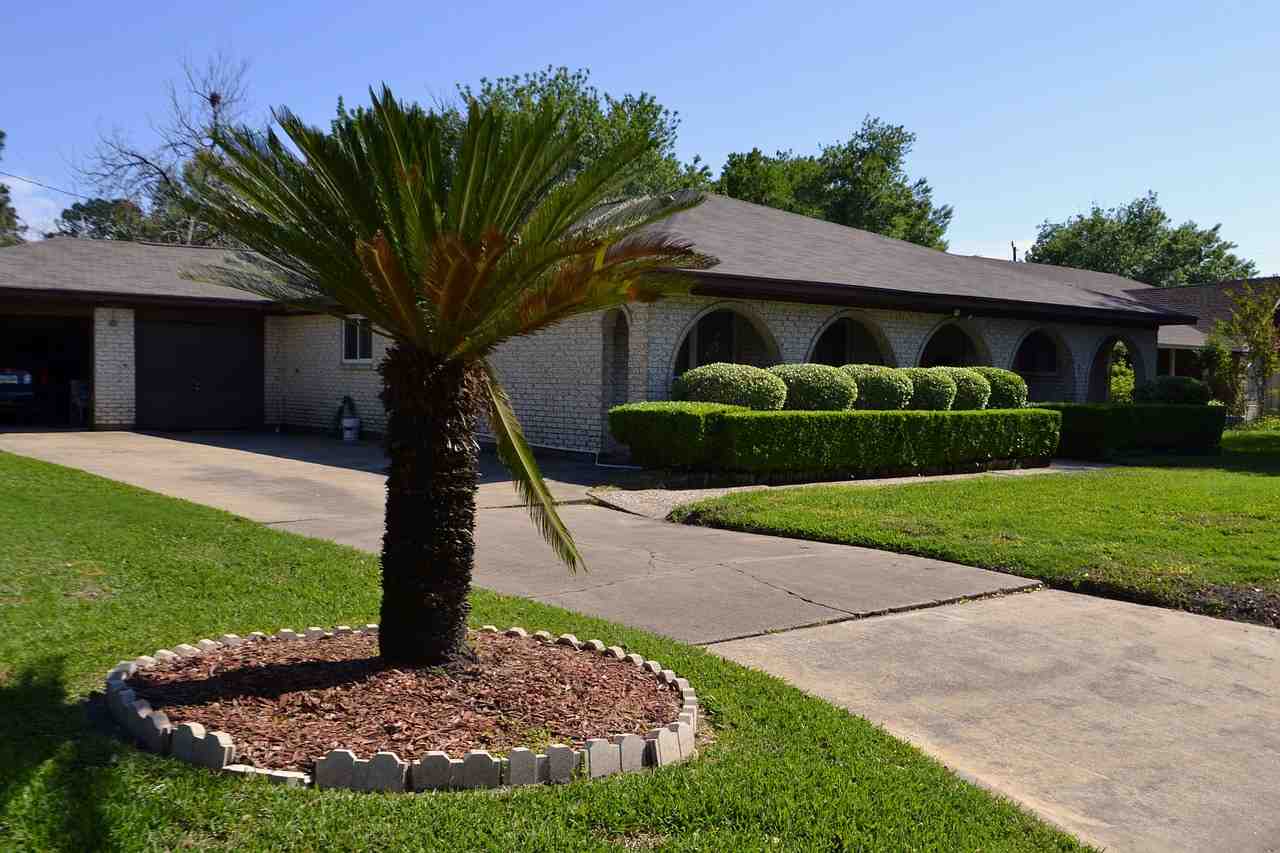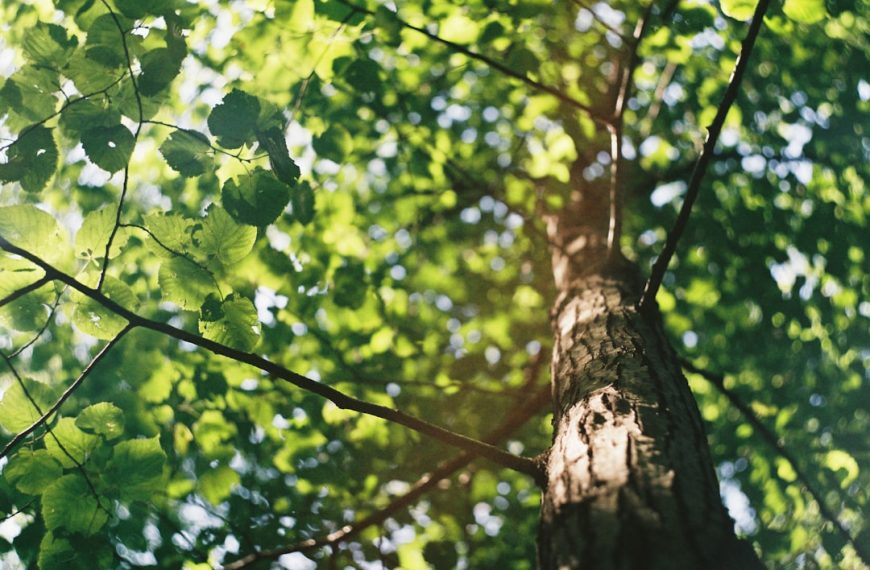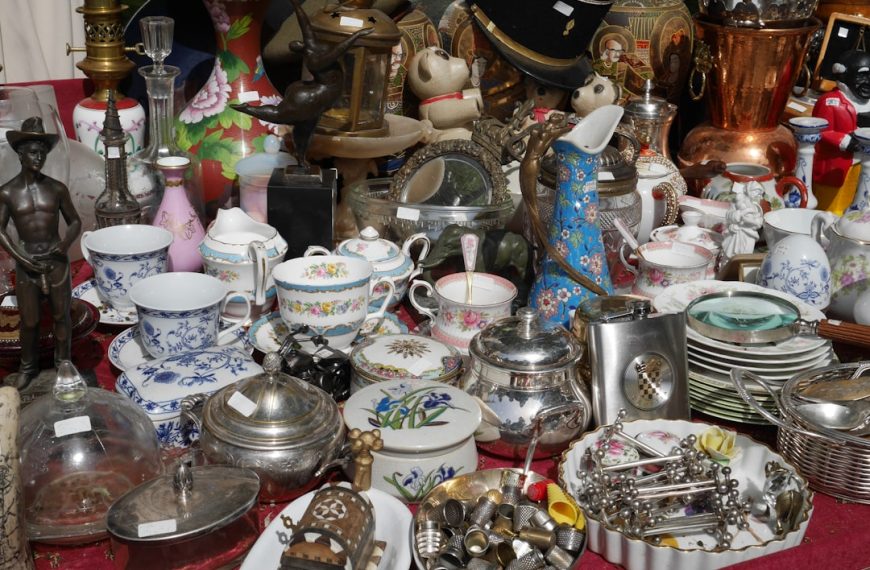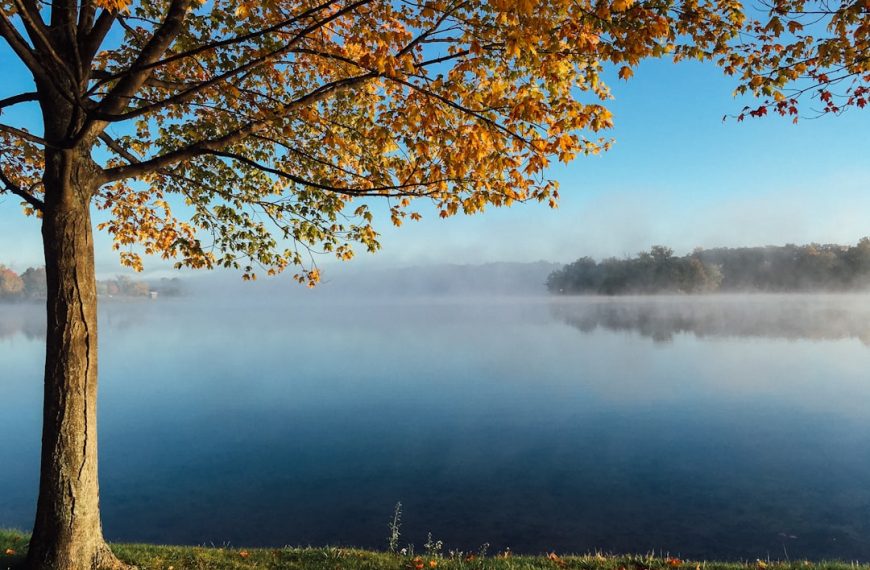Adding shade to your backyard can make a huge difference in enjoyment and usability. The hot summer sun can make uncovered yards unusable during large parts of the day. Properly positioned trees and shrubs provide cooling shade, allow you to spend more time outdoors, and even reduce air conditioning bills.
This guide will discuss the best options for shade trees and shrubs, including:
Introduction
Having adequate shade is one of the most important factors for a pleasant backyard living space. The right mix of shade trees and shrubs not only keep your yard cooler, but also add beauty and privacy. They can provide shade for seating areas, play structures, and gardens.
When selecting plants, it’s important to consider your specific conditions – climate, soil, sun exposure, space available, etc. You’ll want to choose trees and shrubs suited to your environment and needs. Fast growing shade trees are ideal when you want fairly quick results.
Benefits of Shade Trees and Shrubs
There are many benefits to incorporating shade plants into your landscape:
- Lower temperatures – Shaded areas can be 20-45°F cooler than unshaded lawns or patios. This makes midsummer days much more comfortable for you and your plants.
- Energy savings – Properly placed trees can reduce air conditioning needs by 30% or more by shading your home. This provides significant savings on energy bills.
- Improved comfort – Shade allows you to enjoy your yard more on hot, sunny days since you won’t overheat as quickly. It makes spaces more usable.
- Value – Quality landscaping like mature shade trees can increase property value by 5-20% according to real estate experts. Curb appeal matters.
- Privacy – Carefully positioned trees obscure views and provide a sense of seclusion within your outdoor living space. No more nosy neighbors!
- Aesthetics – Trees and shrubs beautify your property with natural shapes, textures, and colors. They provide eye-catching visual interest.
- Wind protection – Properly placed plantings can divert chilling winds to keep seating areas warmer on cool days.
Choosing the Best Location
Before selecting any plants, determine the optimal locations for shade trees and shrubs within your yard. Walk around at different times of day and note where you’d most like relief from the sun. Key areas include:
- Decks, patios, gazebos, etc.
- Children’s play areas
- Driveways and walkways
- Air conditioning units
- Garden beds and greenhouses (provide shade for plants)
- Inside fences (block sun from heating fences)
- Property lines (increase privacy)
Also consider how the moving sun will cast shadows throughout the day and year. You want to maximize shade during peak heat.
Best Shade Trees
Here are some of the top options for large shade trees in various climates and conditions:
Maples
Varieties like red, sugar, and Japanese maple thrive in zones 3-9. They offer dense shade and beautiful fall colors. Avoid seed-heavy types near patios, cars, pools, etc.
Elms
American and lacebark elms adapt to many soil conditions and shed leaves early to allow winter sun. They grow fast into majestic trees. Dutch elm disease is a concern.
Oaks
These classic shade trees grow well across much of the country. White and red oaks work especially well in mixed plantings with their broad canopies.
Sycamores
American and London planetrees quickly become massive shade trees suitable for parks and large lots. They are tolerant of pollution, salt, and soil issues.
Sweetgums
While they do produce pesky seed pods, sweetgums thrive in wet and acidic soils. They turn stunning shades of red and purple in fall.
Lindens
Littleleaf, American, and silver lindens feature fragrant flowers and dense, heart-shaped leaves. They’re versatile trees that withstand urban conditions.
Ashes
White, green, and blue ash trees resist pests, grow quickly, and tolerate most soils. Emerald ash borer has devastated some populations so choose resistant cultivars.
Top Shrubs for Shade
Along with trees, shrubs are perfect for creating shade in backyard spaces. Here are some top performers:
Azaleas and Rhododendrons
These broadleaf evergreens thrive in acidic soils. They bloom in spring and prefer partial shade with rich, moist soil.
Boxwoods
Boxwoods work well for hedges, borders, and topiary balls even in full shade. However, they require well-draining soil.
Holly
Many holly species work in full shade including American holly, inkberry, and mountain holly. They have showy berries and glossy foliage.
Hydrangeas
Bigleaf, oakleaf, and climbing hydrangeas bloom throughout summer. They prefer morning sun and afternoon shade in moist soil.
Laurels
Shrubs like mountain laurel, bay laurel, and English laurel handle shade. They offer pretty flowers and interesting leaf patterns.
Dogwoods
Both shrub and tree dogwoods grow well in part to full shade. Look for native species like kousa or Cornelian cherry dogwood.
Azaleas
With their abundant flowers, azaleas add color to shady spots. Use acidic, organic soil and avoid excess wind or sun exposure.
Skimmia
An underutilized shrub, skimmia offers red berries and fragrant flowers even in deep shade. Japanese and Korean cultivars are ideal.
Viburnums
These four-season shrubs thrive in part shade. Arrowwood, cranberrybush, and blackhaw viburnums provide flowers, fall color, and berries.
Other Key Tips for Shade Gardening
- Improve soil with 2-4 inches of organic compost before planting trees and shrubs. Good soil is crucial.
- Water new plantings thoroughly and regularly until they establish. Mature trees need less water but appreciate deep soaks during droughts.
- Use 2-3 inches of organic mulch around plants to conserve moisture and suppress weeds. Replenish annually.
- Prune spring flowering shrubs right after they bloom. For other plants, prune in late winter prior to active growth starting.
- Remove competing weeds and grass around trees and shrubs regularly. Don’t let them steal water and nutrients.
- Stake young trees to protect from wind and improve growing. Remove stakes after 1-2 years once roots establish.













